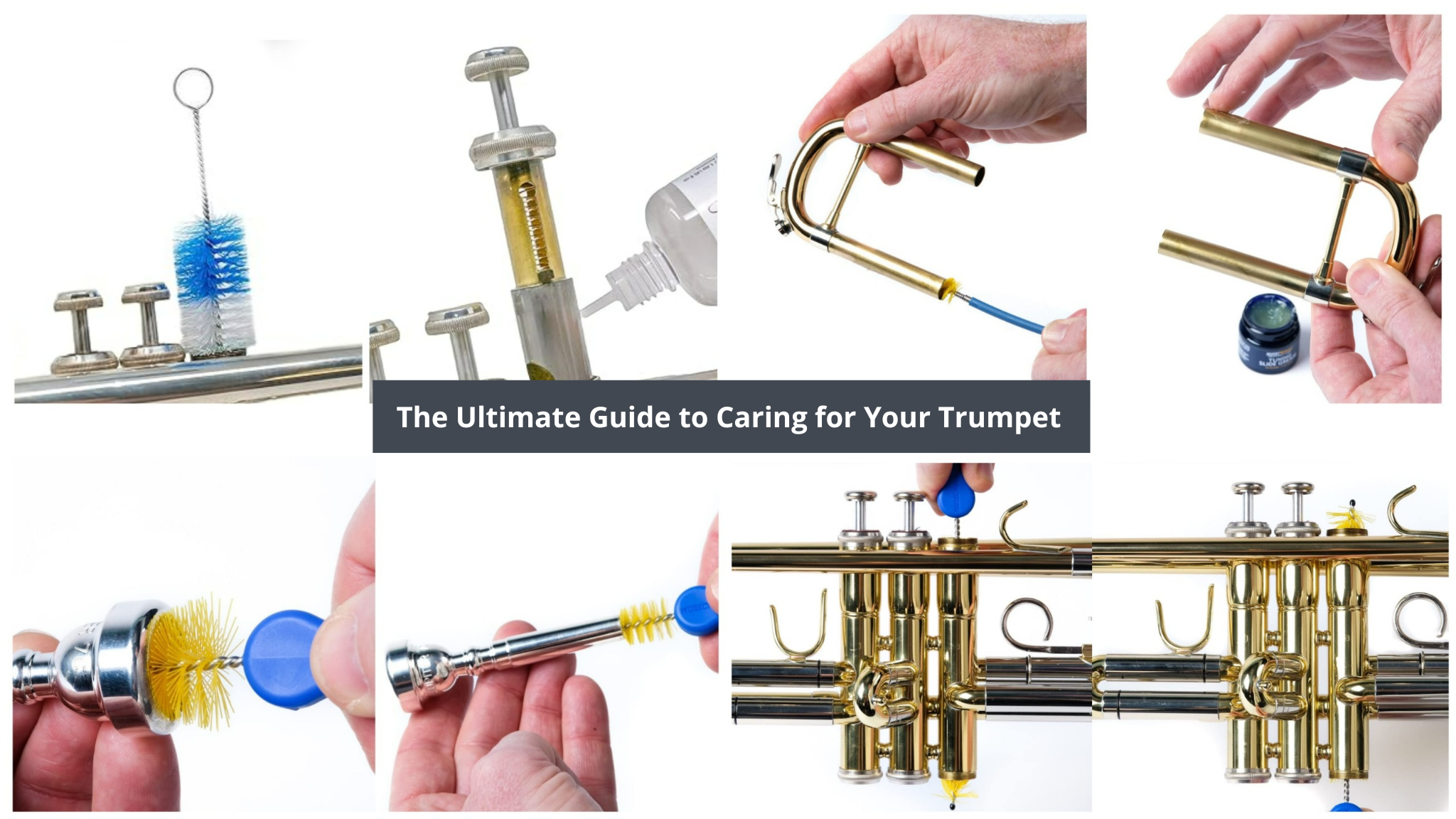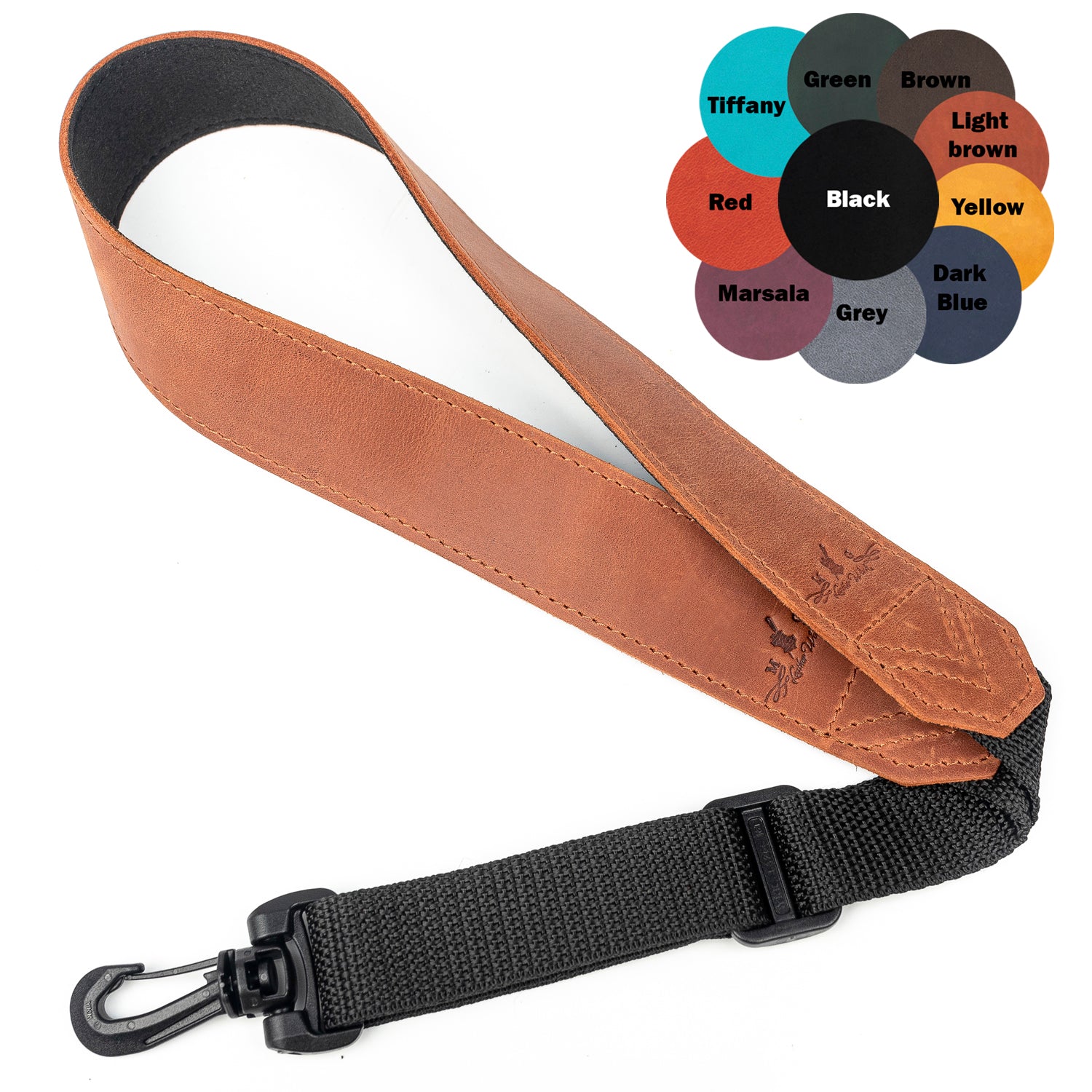Article: How To Choose a Trumpet Mute

How To Choose a Trumpet Mute
The Ultimate Guide to Choosing the Perfect Trumpet Mute for Every Sound
You have probably heard a lot about trumpet mutes, but still feel unsure which one to choose for your genre? We understand your issue and are ready to help you navigate multiple options on the market. In this article, we will break down the most popular types of trumpet mutes and what they sound like to help you find a perfect mute for your sound.
Why You Need a Trumpet Mute
Mutes significantly expand your trumpet’s voice and the impact of your music on the audience through alterations of tonal quality. Using a mute is one of the most creative ways to transform your sound from bold to soft or haunting, whether you play in small jazz clubs or great concert halls.
Mutes help you match the character of a composition by adding nostalgic or dreamy vibes. When playing with orchestras or smaller ensembles, you can come across certain passages that require a muted tone to blend smoothly with strings, woodwinds, or vocals. Some composers create their musical pieces specifically for mutes, including in their scores notations like "con sordino" or “with mute”. Moreover, by using a mute, you can make the trumpet sit softly in the mix.
To create different effects, musicians experiment with the positioning of the device and use some hand manipulation. Trumpeters can insert the mute into the instrument’s bell or hold it at different distances. Depending on the positioning, it can lower the volume, create various timbres and sonic effects. In addition to positioning, the mute’s shape and material also affects the sound.
Types of Trumpet Mutes
Let’s explore the most popular trumpet mutes, their sound characteristics, and settings where each device works best of all.
Straight Mute
This is the most common type used by trumpeters. Many musicians begin their acquaintance with mutes with this specific option.
Design: Straight mutes have a conical shape with an opening at the smaller end.
Sound: They provide bright, edgy, and slightly nasal sound.
Settings: Straight mutes are widely used by trumpeters, playing classical, jazz, and concert music. They are also popular among brass players from big bands.

Cup Mute
This type is also very popular among jazz trumpeters and has been widely used since its invention in the early 20th century. Musicians alter the sound into more or less mute by sliding the device up or down.
Design: Cup mutes obviously have a cup shape with a wider part on the end. On the market, you can find adjustable cup-style mutes and felt-lined cup mutes.
Sound: Compared to straight mutes, these offer mellower and softer sound with a muted and smoky quality. They help achieve a less piercing and darker tone.
Settings: Cup mutes perfectly fit for playing ballads, orchestral and mellow passages where they help express longing and nostalgia. They also work well in big band settings.

Harmon Mute
This mute is also known as “wah-wah” mute and was widely used by jazz musicians of the 1950s. It’s also the device that an American jazz trumpeter Miles Davis used for his famous recordings.
When using these mutes, musicians alter the sound by moving the stem in or out of the devices.
Design: Harmon mutes feature two parts: a large round bulb-shaped piece and a smaller stem that fits inside the first part.
Sound: With the stem inserted, these mutes provide a buzzy, metallic tone. When the stem is removed, the musicians create an open sound.
Settings: These wah-wah mutes are very popular for playing jazz (especially solo parts), funk music and experimental music.

Plunger Mute
Although there are devices specially designed for playing music as leather plunger mutes, many trumpeters still use bathroom plungers as mutes. They are valued for being affordable since anyone can buy them in the nearest hardware store. To achieve various effects, trumpeters hold and move these plungers against the bell.
Sound: These mutes help achieve vocal-like effects like “talking” or “crying”.
Settings: Plunger mutes are very popular among trumpeters who play swing music, jazz and blues solos, and musical pieces with a comedic character.
Bucket Mute
These mutes can clip onto the outside of the bell or be inserted into the bell.
Design: Bucket mutes have a round, bucket-shaped end with cotton inside.
Sound: They reduce the trumpet brightness, providing a soft, dark, and muffled sound.
Settings: Bucket mutes fit perfectly for playing jazz ballads, ensemble or orchestral pieces.

Which Mute Is Better: Metal, Plastic, Fiber, or Leather?
The muting characteristics of your mute significantly depend on the material. Let’s explore what you can expect from specific options:
- Metal mutes. Due to resonant characteristics of the metal, these mutes offer penetrating sound.

- Fiber mutes. Due to absorbing characteristics, these mutes offer soft and warm sound with subdued tones.

- Plastic mutes. These can create resonant and bright sounds. What makes them popular is their lightweight design, allowing musicians to take them on the road.

- Leather mutes. These mutes offer a velvety sound with warmth and resonance. In addition to a lightweight construction, these devices look stylish and unique. They can emphasize a trumpeter’s personal style even more when complemented with embossing.
How to Care for Your Mutes
These devices will last longer if you handle them responsibly.
- Metal and fiber mutes are more prone to dents and cracks, so ensure you store them in separate pockets away from other essentials.
- Felt-lined and cotton-filled mutes can accumulate odors and moisture, so it’s important to clean them regularly to prevent bacteria growth.
- Check that your mutes don’t have damaged corks, as using such mutes can lead to changes in intonation and stability.
- If you use leather mutes, from time to time apply a leather conditioner to maintain their initial appearance and prevent cracks. To clean them after performances and practices, you wipe them with a soft, dry cloth.
Interesting Facts About Mutes
-
Trumpeters use various devices as alternatives to mutes. For instance, as previously mentioned, they can use toilet and sink plungers. Others have used half a coconut shell. You can get more creative by inserting your favourite cup with a funny design into the bell. For wah-wah effects, you can use aluminum hat mutes, widely used by some New Orleans musicians.
-
In 2021, two trumpeters from the London Symphony Orchestra — David Elton and Gerry Ruddock — were seen using plastic bottles as mutes during a performance of Stravinsky’s The Rite of Spring. Later they explained that these were specially designed quiet mutes, resembling plastic bottles, sent by a Japanese trumpet player.
Conclusion
We hope our guide on different types of trumpet mutes helped you understand the basic principles of their functioning. However, similar to mouthpieces and bells, you can find what works best for you only through trying various models.
Using the mute can add variety to your repertoire and expand your experimental dimensions. Mutes not only change the instrument's sound and express different emotions, but also help instruments blend in ensembles during specific parts of compositions. These devices help you explore creativity and follow musical trends, as muted sounds are widely used in jazz, classical, experimental, and film music.
Explore more useful trumpet accesories on our website. While mutes can expand your creative borders, you still need protective accessories for your trumpet. Recently we’ve shared tips on choosing a valve guard for a trumpet, designed to protect its most vulnerable parts.









Leave a comment
This site is protected by hCaptcha and the hCaptcha Privacy Policy and Terms of Service apply.